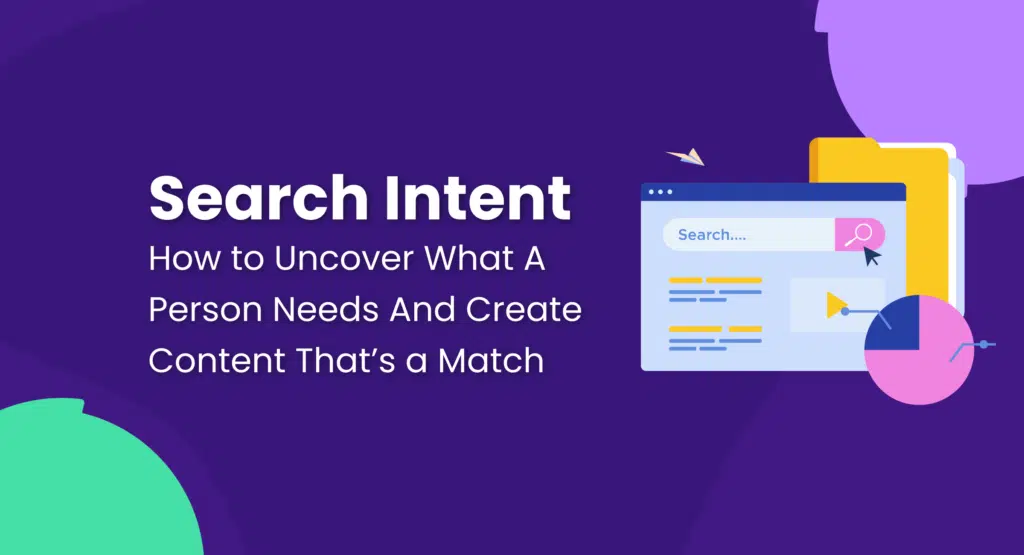Unveiling TikTok Advertising Secrets
Explore the latest trends and insights in TikTok advertising.
Cracking the Code of Search Intent
Unlock the secrets of search intent! Discover how to optimize your content for maximum engagement and clicks. Don't miss out!
Understanding the Different Types of Search Intent: A Comprehensive Guide
Understanding search intent is crucial for optimizing your content and improving your site's visibility on search engines. There are four main types of search intent: informational, navigational, transactional, and commercial investigation. Each type serves a distinct purpose, influencing how users search for information online. Informational intent refers to searches where users seek knowledge, such as 'How to bake a cake.' Navigational intent, on the other hand, is when users look for a specific website or page, like 'Facebook login.' Understanding these distinctions can help you tailor your content to better meet user needs.
In addition to informational and navigational intents, two other types are crucial for marketers. Transactional intent involves users looking to make a purchase, often characterized by queries like 'buy running shoes online.' Lastly, commercial investigation is where users are in the research phase, comparing products or services before making a decision. An example of this would be searching for 'best smartphones 2023.' By focusing your SEO strategies on these different types of search intent, you can enhance your content relevance and ultimately drive more qualified traffic to your blog.

How to Align Your Content Strategy with User Search Intent
Aligning your content strategy with user search intent is crucial for optimizing your website's visibility and engagement. Start by understanding the different types of search intent—informational, navigational, transactional, and commercial investigation. By categorizing your target keywords into these groups, you can tailor your content to meet the specific needs of your audience. For example, if you identify that many users are searching for how-to guides related to your niche, consider creating detailed blog posts or video content that provides step-by-step instructions to fulfill this intent.
Once you've established the search intent behind your keywords, create content that not only answers user queries but also enriches their experience. This means employing a variety of content formats like articles, infographics, and FAQs to provide comprehensive coverage of the topic. Additionally, regularly updating your content to reflect the latest trends and insights can help maintain its relevance. By consistently aligning your content with user search intent, you can improve your site’s authority, attract more organic traffic, and ultimately drive better conversion rates.
What is Search Intent and Why is it Crucial for SEO Success?
Search intent refers to the reason behind a user's query when they enter a search term into a search engine. Understanding this intent is crucial for businesses and marketers as it helps them tailor their content to meet the specific needs of users. There are generally four types of search intent: informational, navigational, commercial, and transactional. By analyzing these categories, content creators can produce highly relevant articles that resonate with their audience and answer their questions effectively.
Incorporating an understanding of search intent into your SEO strategy can significantly improve your site's visibility and engagement. When your content aligns with what users are actively searching for, you increase the likelihood of ranking higher in search engine results pages (SERPs). Consequently, this alignment boosts click-through rates, reduces bounce rates, and enhances user satisfaction. Ultimately, recognizing and fulfilling search intent is not just a technical aspect of SEO—it's a foundational element that drives traffic and ensures long-term success in the digital landscape.